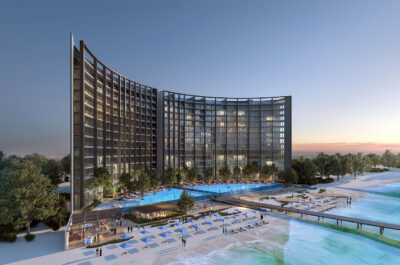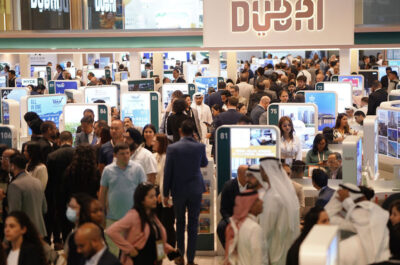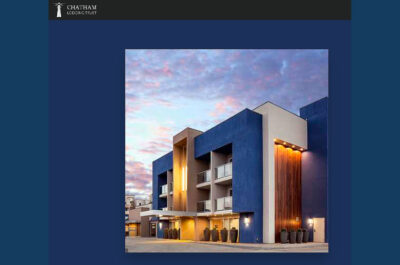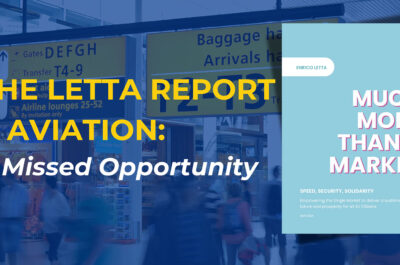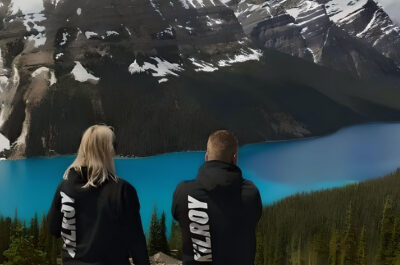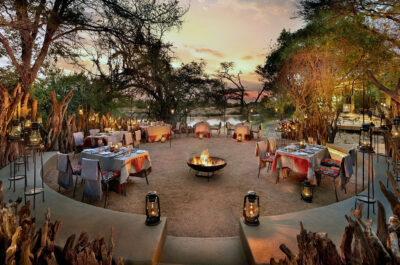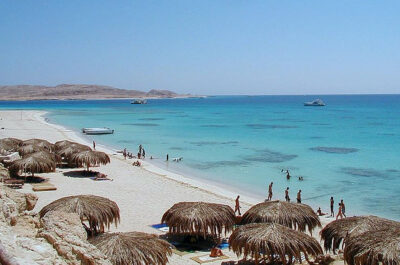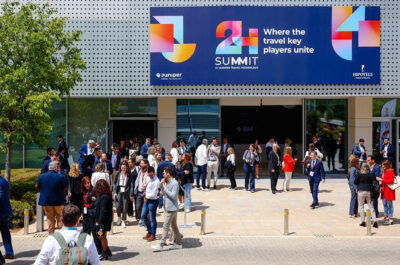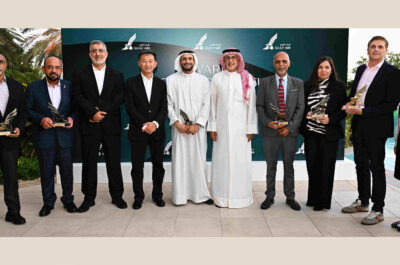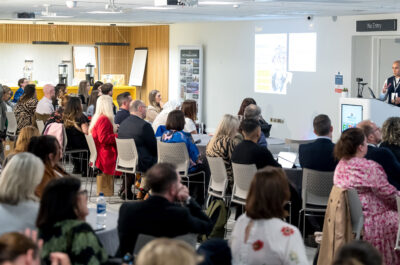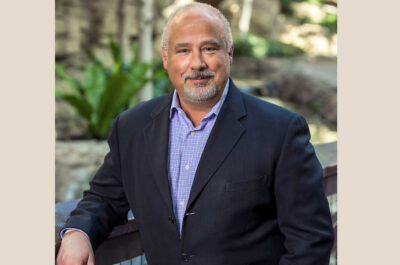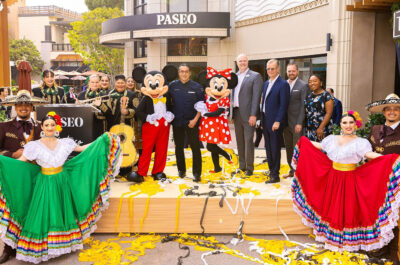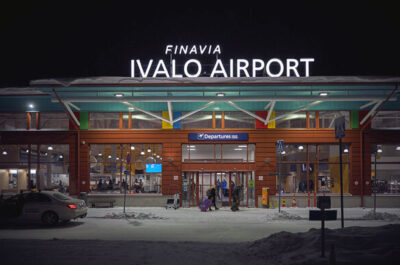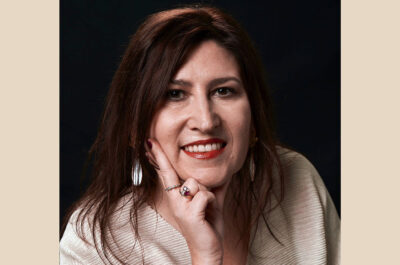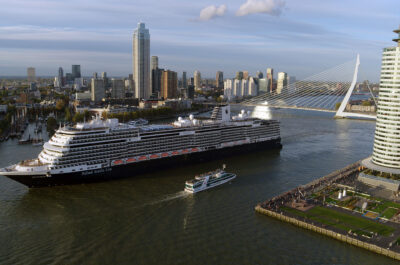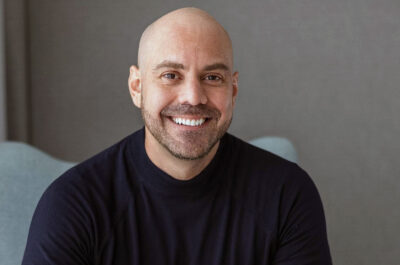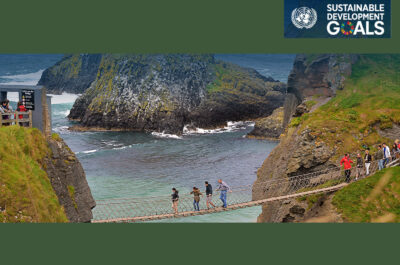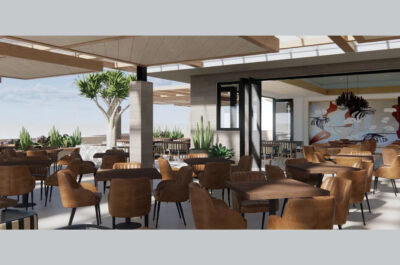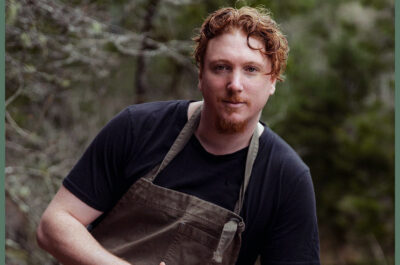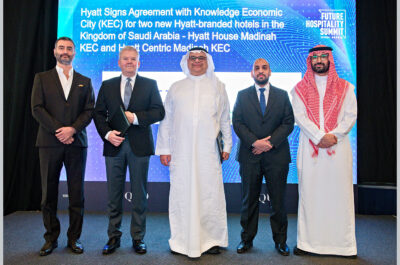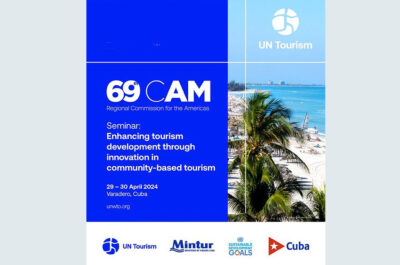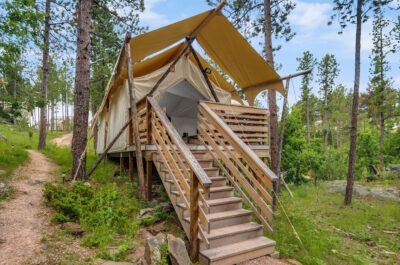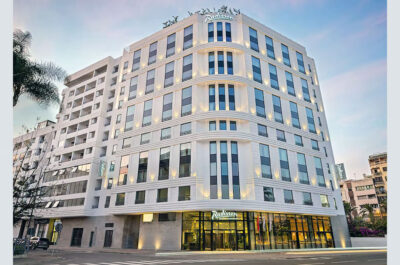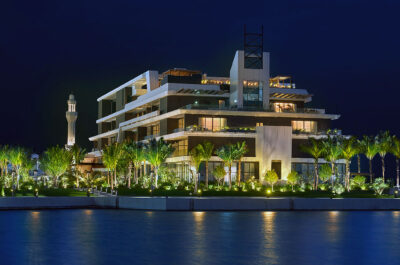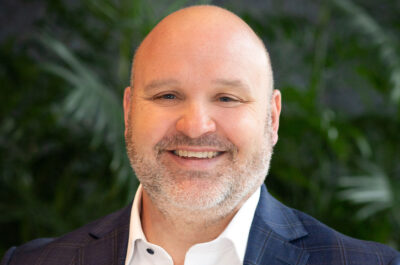…
|
|
Reporting from Quebec City for ontheglobe.com
When Amilcar Rojas fled the town of Tarma in the Andean nation of Peru almost three decades ago, he was looking for a place far from the conflicts and political turmoil that his native land then afforded him. It’s been twenty-nine years since Mr. Rojas left the Amazonian region of South America and settled in historic Quebec City, a city that not long ago brought out the bubbly and regally celebrated its 400th anniversary with a grandiose series of events like open-air concerts with hometown favorite Celine Dion and international stars that included one-time Beatle, Paul McCartney.
Yet while Quebec City may be a world away from Rojas’s birthplace, the creative entrepreneur has found ways of bridging the cultural divide of his native Peru and its centuries old history, with the well preserved historic northern crossroads where he was welcomed.
Quebec City is very much a community. It takes advantage of a small-town atmosphere to hone an ambiance of artist friendly spaces where creative collaborations work side-by-side socially innovative concepts.
Multi-talented, Mr. Rojas, who greeted me in his Lower City boutique; is a painter and a sculptor who teaches Peruvian dance and music. He even recently produced a project that brought together traditional musicians from Peru and Quebec First Nations musicians to create a cultural fusion of sorts. “The whole area around here is one co-op inside of another, we work together,” Mr. Rojas told me at Vert Tuyau, a small Quebec City co-operative boutique that he co-founded a little over a year ago, “We try to make innovations in the works that we present to show tourists how Quebec people work.”
“This is through recycling; recycled clothes, tapes, anything. It is important for us.”
A showcase for the works of local artists and artisans, Vert Tuyau – literally meaning a ‘green pipe’ – is small store that towers with creativity. Here you can find inventive ecologically friendly ideas from handbags made of recycled cassette tapes; quilted belts that look much like modern-day versions of those originally worn by early Quebec settlers, to simple but beautifully put together patchworks made of colorful hand-me-downs.
Vert Tuyau is located in the shadow of the city’s iconic Chateau Frontenac, an upscale hotel that has for centuries been the landmark of Quebec City, which is separated by an upper and lower town. A quarter-century ago the old town was named a World Heritage site by UNESCO.
The Quartier Petit Champlain, where Mr. Rojas keeps vigil, looks much like it might have centuries ago with its narrow winding streets and one-floor 18th century stone construction edifices. The area houses a wide array of small boutiques, jewelry stores, zany fashion houses, European-style restaurants and bistros.
A new addition to the area is La Fudgerie, which makes a wide array of fudge-based goodies that even include long sausage-like fudge-bars that from a distance had me thinking that I was entering a simple butchers shop. How surprised I was to enter this magical little shop of sinful delights. Rather than the showy or the flashy in a city, here it is the community-minded nature of Quebec City that shines through in its hotels, microbreweries or artist-run spaces. Even its more grungy side is piquant. Billed for its cultural flair, a little off of the old-town center is the Nouvo St-Roch district, an artistic area that looks much like a grimy urban space. The world renowned Cirque du Soleil which had its roots outside of Quebec City even performs free shows in the summer months under a random bridge in a graffiti worn setting.
While on the surface the Auberge L’Autre Jardin in Nouvo St-Roch, where I stayed, has the feel of its one-time office complex function; the slightly disheveled inn can even itself be considered a recycled space of sorts. Despite it’s worn carpets and when I arrived – dysfunctional plumbing – this hotel prides itself in its social awareness. The in-house boutique sells the likes of fair-trade coffee from around the world, silver jewelry from Niger or ceramics from Vietnam.
Personally, I might have preferred staying a half an hour’s drive outside of Old Quebec at the Huron-Wendat reserve, a small enclave which houses a First Nations peoples who were part of what was known as the Confederacy of the Seven Fires of the St-Laurence Valley, or the Seven Nations of Canada. The history of the Huron-Wendad reveals a nation that was in an influential position towards both towards the French and English in the early days of colonization. The Huron-Wendat became known for their diplomatic savvy and military prowess that was courted by colonizing powers.
The Hotel-Musee Premieres Nations is model complex showcasing the history and contemporary life of some of Quebec’s First Nation peoples. The site includes a first-rate hotel in an expansive contemporary architectural setting, a gourmet restaurant that serves First Nations inspired cuisine and a unique museum that brings to life the cultural heritage and history of the continent’s aboriginal communities.
While the site itself may be relatively new, it opened two years ago, tourism here began over a century and a half ago when the Wendat first produced mementos in Victorian-style for European consumption, Danny Robertson of the Musee Huron Wendat tells me. He points to a 19th century calling-card basket made of birchbark inlaid with intricately designed floral patterns embroiydered with fine moose-hairs.
„Native people do like flowers and we do use them on our designs, but these are really made for Victorian people and in Victorian-style and fashion,” he says, „Native people’s designs would have been more pragmatic, while these decorations are simply embelishments.”
Returning to the Lower Town of Quebec City I visit La Caserne, a refurbished fire-station that is the home to Ex Machina, the creative nucleus of the city’s cultural icon. Playwright, actor, film-maker and all-round Renaissance-man Robert Lepage is recognized as one of Canada’s most preeminent contemporary theater practitioners. His work has redefined the stage. While Mr. Lepage could well have chosen the larger provincial metropolis of Montreal to be based, he honed his creative team here.
“It’s the opposite to the idea that he could do it anywhere in the world,” Lepage producer Michel Bernatchez of Ex Machina tells me, “He does it in Quebec City because he loves it here.”
As an ode to his home-town for the 400th anniversary in 2008, Mr. Lepage and a group of local and international artists transformed an unsightly grain silo in the Old Port on the St-Laurence River into a giant screen measuring a mind-boggling 180 meters wide by 30 meters high for a forty minute presentation.
Mr. Lepage saw the symbolic dimension of reinventing a building that for a century has been at the junction of cultures and continents. The large concrete mass is the place where grain traveled from Western Canada and was shipped off to points in North America and Europe. It was at the junction of the old and new worlds on which Mr. Lepage created an inward-looking window into the city’s own history.
The Image Mill is now projected in the summer months and is an architectural performance that tells the story of the city’s four-century history, its upheavals, controversies, and its pivotal political and popular moments.
“The artists gave themselves a series of rules in tracing the city’s four hundred year history,” Mr. Bernatchez says, “”and divided it into four parts, meaning one for each century using music and sounds.”
“It’s not a traditional narrative, but instead something more impressionistic. It makes references to the city; it’s inhabitants and the artists who worked here and how they were inspired by the city.”
The value of cultural industries do not stop with Mr. Lepage. The weight of cultural industries and their community-based efforts to develop Quebec City’s cultural values has not gone unnoticed in the provincial capital’s halls of power either. The Quebec Tourism office even appointed a special advisor in charge of developing and marketing specific attractions that highlight the city’s history, culture, and the visual or contemporary arts.
“It is really a question of identity,” says Vincent Aubry, Tourism Development Advisor with the City of Quebec Tourism office, “There is a sense of community that is very strong here, and that is linked to the history of the city and the province.”
“There is also a corresponding to necessity for cultural institutions to regroup themselves to be stronger, get financing, and to put their tools and resources into a common space to get a new clientele by developing new products.”
Mr. Aubry recognizes that creative industries like those found in Quebec City are significant contributors to the economy, and grow faster than the economy as a whole. In the UK, for instance, that country’s department of culture tags creative industries as having their origin in individual creativity, talent or skill as accounting for some 7.9 percent of GDP. Quebec City has pinpointed religious and military patrimony, as well as the creative industries that grow out of the likes of Robert Lepage, the Cirque du Soleil and the numerous cultural events and festivals organized throughout the year. In early June, marking the city’s 25th anniversary of being declared a World Heritage Site, Quebec City will play host to a UNESCO conference entitled “World Heritage and Tourism: Managing for the Global and the Local”.
“The reality in Quebec City is that it has changed since the 400th anniversary,” Mr. Aubry says, “We realized the value and impact of one-time events of international caliber from the Moulin a Images by Robert Lepage or the Cirque du Soleil.”
Montreal-based journalist and cultural navigator Andrew Princz is the editor of the travel site ontheglobe.com. He is involved in country awareness and tourism promotion projects globally. He has traveled to almost sixty countries around the globe seeking to communicate the stories of the diverse peoples and cultures that he comes across; from Nigeria to Ecuador; Kazakhstan to India.
* Text by Andrew Princz, ontheglobe.com
* Copyright 2010, All Rights Reserved [April 22, 2010]

